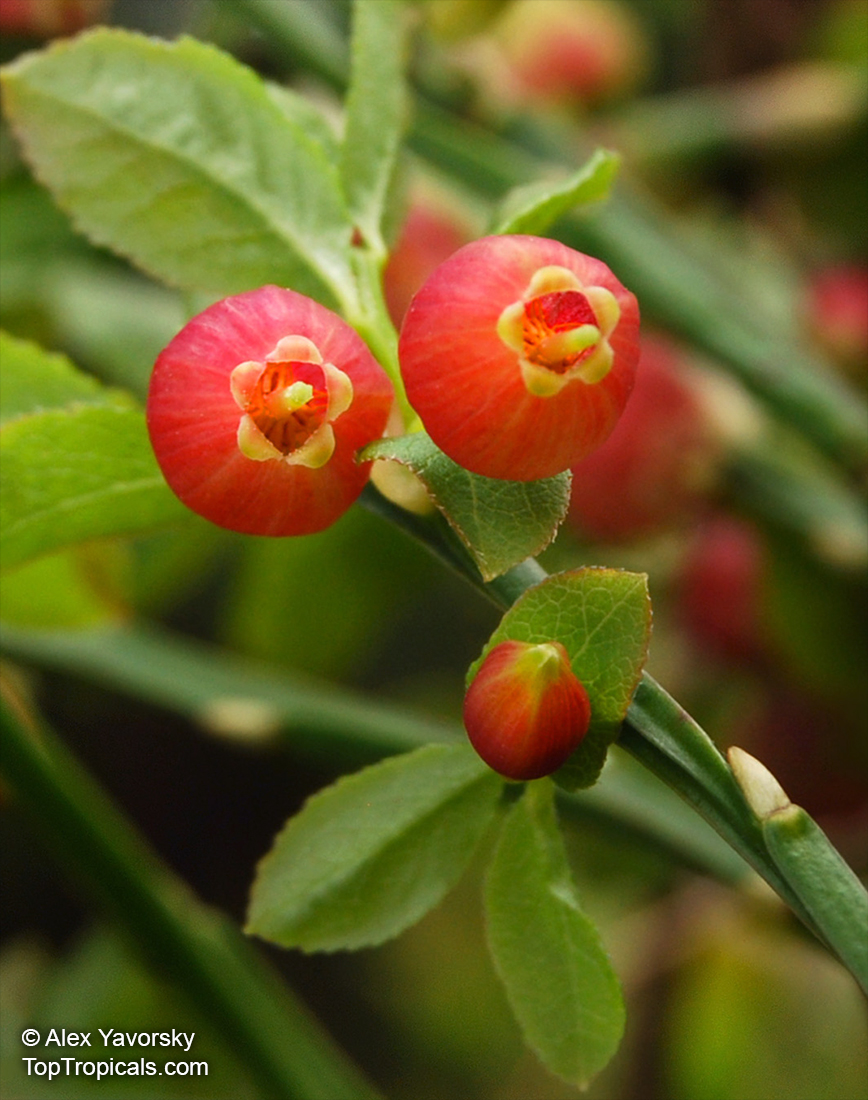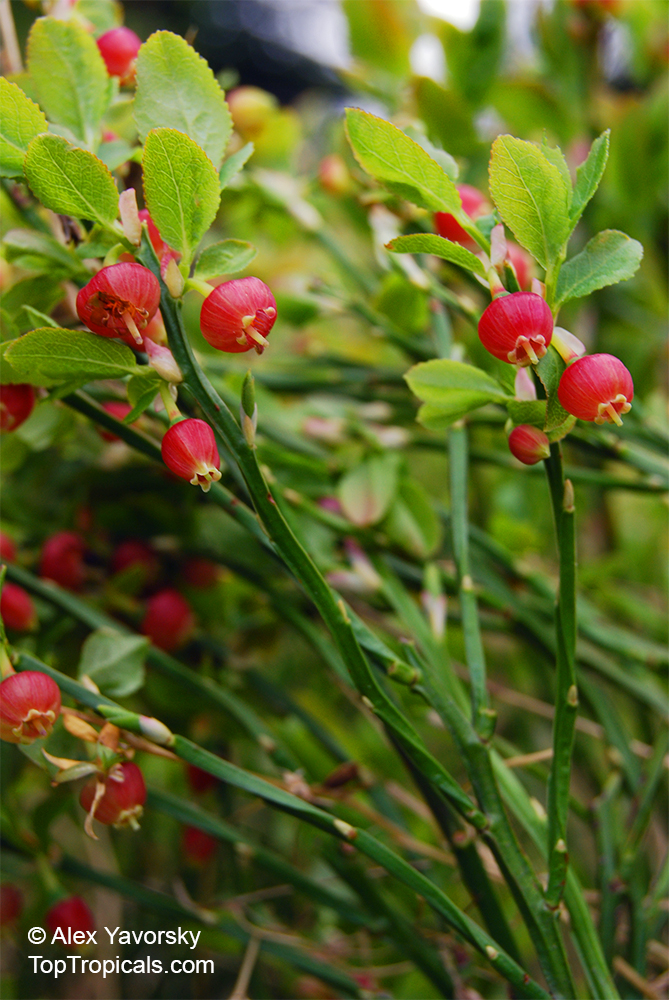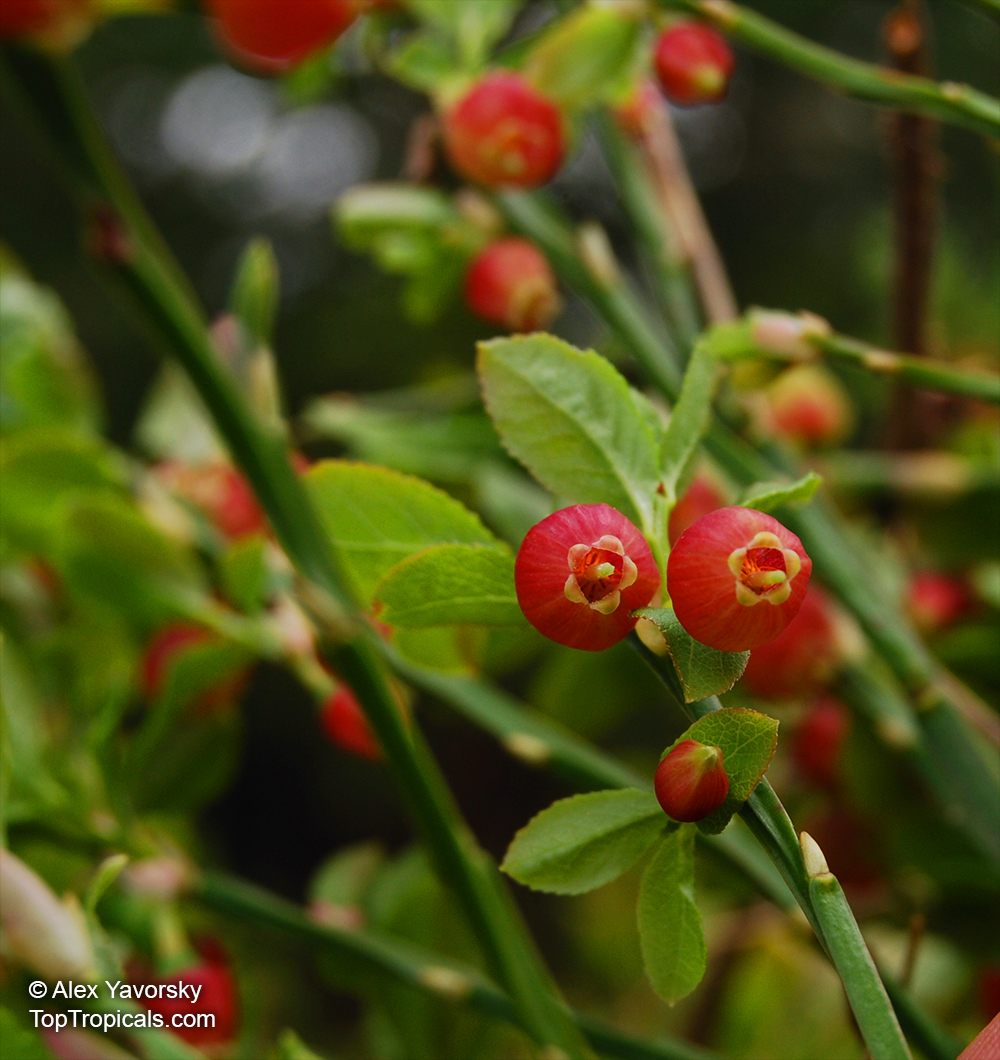Vaccinium myrtillus (Bilberry)
Top Tropicals Plant Encyclopedia
Botanical name: Vaccinium myrtillus
Common name: Bilberry
Family: Ericaceae







Bilberries are found in very acidic, nutrient-poor soils throughout the temperate and subarctic regions of the world.
The fruit is smaller than that of the Blueberry but with a fuller taste.
The fruits can be eaten fresh or made into jams, juices or pies. In folk medicine, bilberry leaves were used to treat gastrointestinal ailments, applied topically, or made into infusions. In European herbal medicine, bilberry fruit preparations are now used to enhance poor micro-circulation, including eye conditions such as night-blindness and diabetic retinopathy. The leaves have been used as a tea substitute.
Similar plants: Vaccinium myrtillus (Bilberry)
Link to this plant:
https://toptropicals.com/catalog/uid/vaccinium_myrtillus.htm


